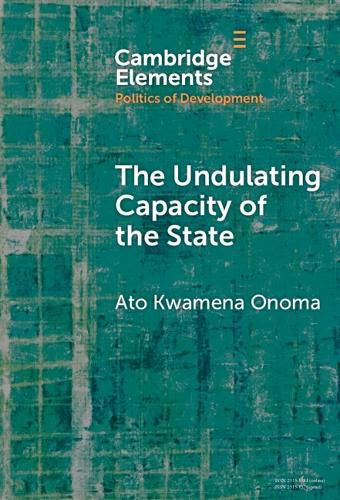Readings Newsletter
Become a Readings Member to make your shopping experience even easier.
Sign in or sign up for free!
You’re not far away from qualifying for FREE standard shipping within Australia
You’ve qualified for FREE standard shipping within Australia
The cart is loading…






This Element weaves together literatures on autochthony and belonging and on African urbanism to shed new light on the ability of the African state to undertake development interventions in some of the most important urban centers on the continent. It explains variations in levels of trust in the African state that shape neighborhoods' responses to states' development interventions. Focusing on the Senegalese state's construction of the VDN 2 highway on the outskirts of the capital, Dakar, the author argues that in major African cities with colonial origins, whether neighborhoods project themselves as 'autochthonous' or 'migrant' communities shapes general attitudes toward the state and influences the capacity of the state to carry out development interventions in these areas. In these cities, states are more likely to successfully intervene in neighborhoods dominated by 'new' migrants to the city than in those neighborhoods that portray themselves as 'autochthones' of these cities.
$9.00 standard shipping within Australia
FREE standard shipping within Australia for orders over $100.00
Express & International shipping calculated at checkout
This Element weaves together literatures on autochthony and belonging and on African urbanism to shed new light on the ability of the African state to undertake development interventions in some of the most important urban centers on the continent. It explains variations in levels of trust in the African state that shape neighborhoods' responses to states' development interventions. Focusing on the Senegalese state's construction of the VDN 2 highway on the outskirts of the capital, Dakar, the author argues that in major African cities with colonial origins, whether neighborhoods project themselves as 'autochthonous' or 'migrant' communities shapes general attitudes toward the state and influences the capacity of the state to carry out development interventions in these areas. In these cities, states are more likely to successfully intervene in neighborhoods dominated by 'new' migrants to the city than in those neighborhoods that portray themselves as 'autochthones' of these cities.